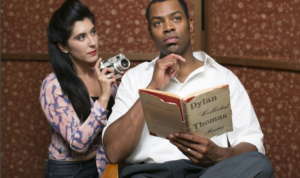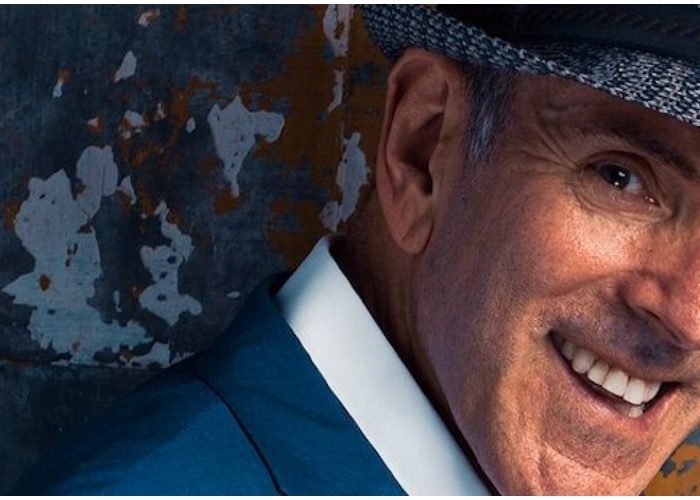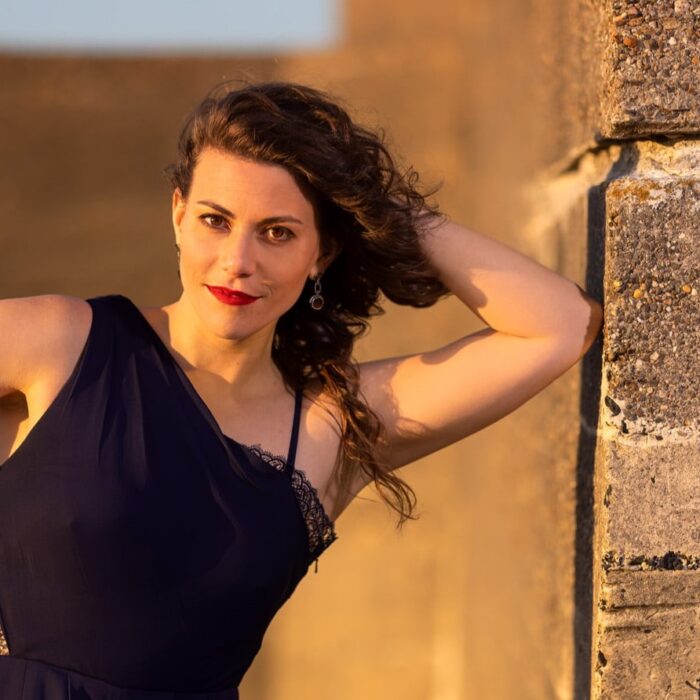
Interview: How ‘Howards End, America’ Became An Operatic Reality
Creators Allen Shearer, Claudia Stevens, & Phil Lowery On Creating the Work
By Lois Silverstein“Howards End, America” is the newest chamber opera from composer Allen Shearer and librettist Claudia Stevens and its world premiere is set for Feb. 22-24, 2019 at Z Space San Francisco. The innovative and experimental Chamber Music company Earplay, in its first fully staged opera production, co-produces it with RealOpera.
“Howards End, America” is an adaptation of E. M. Forster’s powerful novel “Howards End.” Shearer and Stevens have transported Forster’s 1910 Edwardian England setting to Boston of the 1950s-60s; the actual property of “Howards End” is located in Marblehead, on the coast north of Boston.
The central issues in the new opera are racism and concomitantly, class, and gender. As in Forster’s work, the opera’s plot unfolds through the relationships of three couples: the devoted and unique Schlegel sisters, Helen and Meg; the materialist and bourgeois Wilcoxes, Henry and Ruth; and the working class Basts, clerk, Leonard and his Jazz singer wife Jacky.
Working Together
Stevens is a pianist as well as solo monologue performer, with an extensive repertoire of dramatic musical and literary performances. Also a playwright, Stevens is an ardent advocate for new music who, in her 30-year career, has received grants from the NEA, held residencies in at RS9 Szinhaz in Budapest, in Rangoon, Burma, in Virginia Center for the Arts, and the MacDowell Colony.
Meanwhile, Shearer is widely recognized for his work across different media, but largely for his work in vocal music and opera. His work has been performed in many European cities including the former Soviet Union and South Africa, as well as throughout the United States. He is the award-winner of the Prix de Rome, the Aaron Copland Award, the Charles Ives prize, in addition to multiple MacDowell Colony residencies and grants from the NEA.
The two met at UC Berkeley in the 70s, and performed in Chorus together long before they began their creative collaboration in the opera world.
To this point, the duo has found great success working together. Their “Middlemarch in Springtime,” also performed at Z Space, and in Charlottesville Opera in a full production, was met with tremendous accolades.
Shearer and Stevens succeed in working together thoughtfully and spontaneously. Neither of them steps on the other’s toes; if Stevens sparks the fire with an idea, Shearer jumps on board and creates from the center of the spark.
Stevens creates the libretto first, and only gives it to Shearer when it’s complete. “I give him the whole picture,” Stevens says. “Then Allen takes it on.” From there, he can move freely and inventively. Then, the two work together aria by aria, ensemble, duet, trio, whatever they see fit. A genuine creative friction between the two, their imaginations fuse the particulars, creating a forceful and stimulating work that comes together seamlessly.
“When I compose something, I show it to Claudia, I play it for her,” Shearer noted. “She jumps in with comments, responses, ideas, whatever occurs to her. We work very closely; never do we go on without the other’s feedback. Each of us are more than willing to throw out or revise what the other had in mind, so as to better fit the vision we want to create.”
Enter The Director
Another major piece of the “Howards End, America” puzzle will be director Phil Lowery.
Lowery has long been directing, as well as acting, and teaching in the performing arts in multiple settings. He was the Founding Artistic Director of Berkeley Contemporary Opera and has been directing opera and operetta in the Bay Area with companies like Lamplighters Music Theatre (where he is production coordinator), Pocket Opera, Berkeley Opera, Composers Inc., North Bay Opera, San Francisco Parlor Opera, and Lyric Theatre of San Jose.
He also directed “Middlemarch in Springtime” and expressed great admiration regarding his collaboration with Shearer and Stevens.
“From the first rehearsal, they were not only open to hearing my ideas, but they were eager to put them into production,” Lowery told OperaWire. “I realized right away that my voice would be heard and accepted; in fact, it became instrumental to what direction things would go. Directors aren’t always given such license.”
Other major team members will include Jeremy Knight, who will design the production, as well as conductor Mary Chun.
“We are so grateful to have Jeremy Knight with us for ‘Howards End, America,'” Stevens noted. “His vision is crucial to the execution of the multiple facets of the story both visually and musically.” Knight plans to use black and white projections to amplify both the effect of the scene, but also to enhance the theme of the racial struggle.
Chun will conduct a 13-piece orchestra, which includes clarinet and bass clarinet, flute and piccolo, violin and viola, cello, piano, and saxophone. The cast of the production will include Canadian lyric soprano Nikki Einfeld, bass baritone Philip Skinner, soprano Sara Duchovnay, tenor Michael Dailey, baritone Daniel Cilli.
In sum, Shearer, Stevens, and Lowery noted excited about how they intend to push boundaries in the work, “not in the interest of shock, but in the interest to emphasize the need for action in social conflicts in our world.”


